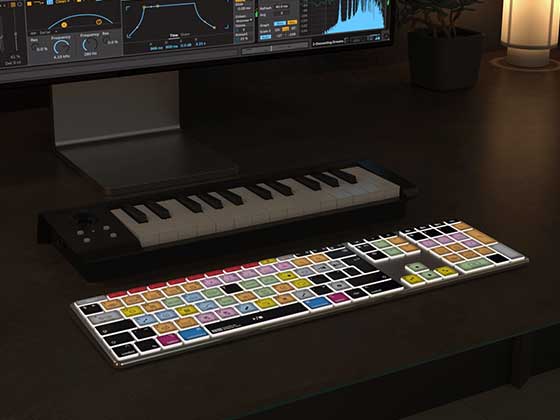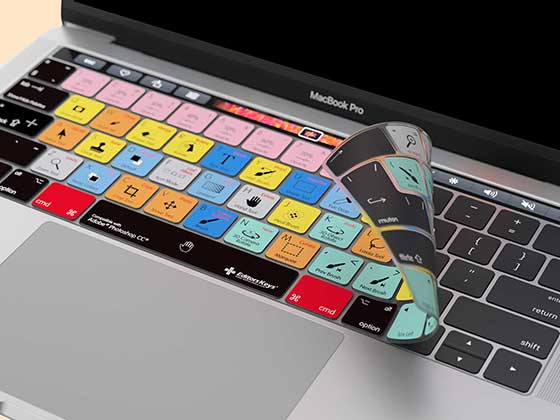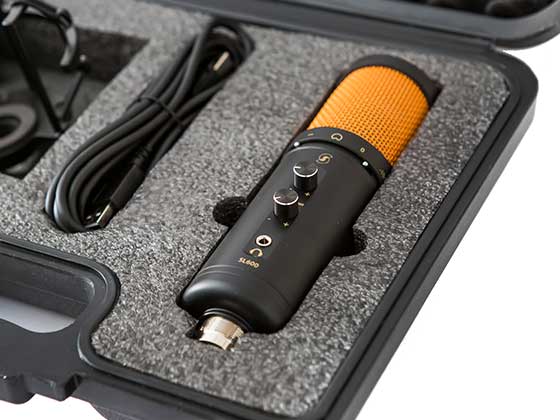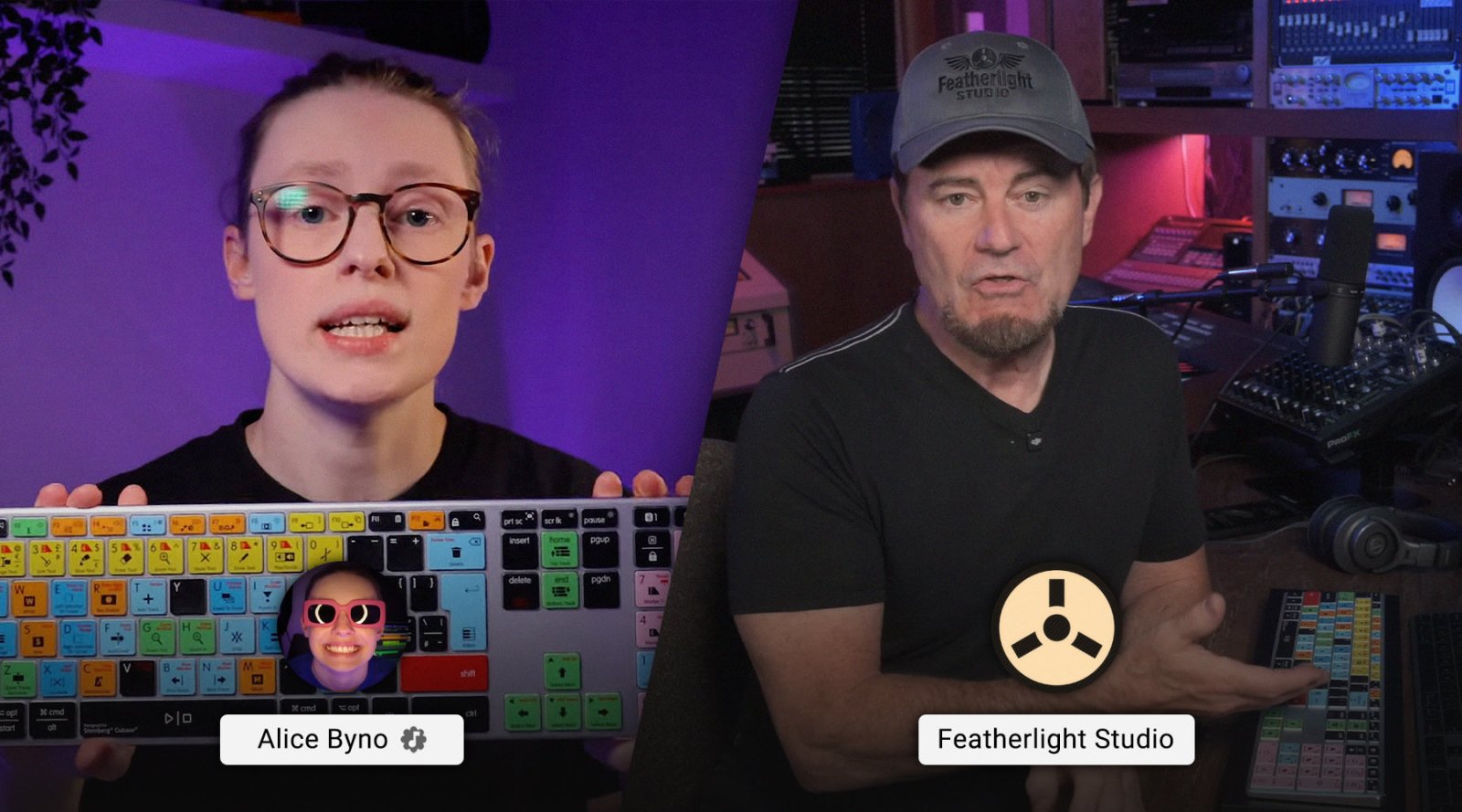If you’re starting a home studio, diving into podcasting, or simply curious about how different mics work, learning about microphone polar patterns is one of the best things you can do to improve your recordings.
In this guide, we’ll break down the most common microphone pickup patterns – cardioid, supercardioid, hypercardioid, omnidirectional, and figure-8 – explaining what each pattern does, how it affects your sound, and when to use it.
What Is a Microphone Polar Pattern?
A microphone's polar pattern defines how it picks up sound from different directions. Some mics are more sensitive to sound coming from in front, while others also pick up sound from behind or from all around.
Understanding this is key to choosing the right mic for your environment – whether you're recording vocals in a bedroom or tracking instruments in a studio.
The Most Common Microphone Polar Patterns
1. Cardioid Polar Pattern
What It Is:
The cardioid pattern is shaped like a heart (hence the name), capturing sound from the front of the microphone while rejecting most from the sides and rear.
Best For:
-
Vocal and instrument recording
-
Podcasting and voiceovers
-
Home studios with background noise

Why It Works:
Cardioid mics are perfect for isolating the sound source, reducing room reflections and background sounds.
“A cardioid mic is the go-to for home studios. It allows creators to get clean vocal takes without needing a fully treated space,” says Tom Fraser, studio engineer at Electric Loop Studios.
2. Supercardioid Polar Pattern
What It Is:
The supercardioid pattern is slightly narrower than cardioid, with greater focus in the front and slightly more pickup at the rear.
Best For:
-
Live vocals on stage
-
Isolating instruments in loud environments
-
Filmmaking and directional audio capture

Why It Works:
Supercardioid microphones offer better isolation than cardioid but require more precise placement, especially to avoid unwanted rear noise.
“Supercardioid mics are brilliant when you need to reduce ambient bleed, but you do have to be mindful of what’s behind the mic,” says Jake Morgan, FOH engineer and studio mixer.
3. Hypercardioid Polar Pattern
What It Is:
Even more directional than supercardioid, the hypercardioid pattern has a tight front pickup angle and an even larger rear lobe.
Best For:
-
Studio isolation of drums, amps, or vocal takes
-
Environments with lots of off-axis noise
-
Film sets or controlled studio setups

Why It Works:
These mics reject side sounds very effectively, but they do capture from the rear, so placement and room treatment are important.
“Hypercardioid mics are ideal when you want extreme focus, like isolating a snare drum in a multi-mic setup,” says Sarah Kim, freelance producer and session engineer.
4. Omnidirectional Polar Pattern
What It Is:
Omnidirectional microphones pick up sound equally from all directions – front, back, and sides.
Best For:
-
Recording natural room ambience
-
Roundtable discussions
-
Choirs or acoustic ensembles

Why It Works:
Omni mics sound open and natural, but they capture everything, including unwanted noise – so they’re best in acoustically controlled environments.
“Omnis are incredibly transparent – they don’t colour the sound. But you’ve got to be in a controlled space or you’ll hear every dog bark and passing car,” says Mike Lomas, senior sound designer at Bright Post.
5. Figure-8 (Bidirectional) Polar Pattern
What It Is:
Figure-8 microphones pick up sound from the front and rear, while rejecting sound from the sides.
Best For:
-
Duet vocals or interviews (face-to-face)
-
Mid-side (M/S) stereo techniques
-
Capturing natural room reflections

Why It Works:
Figure-8 mics are incredibly versatile in studio use, especially for stereo recording or isolating two performers opposite each other.
“The figure-8 pattern is brilliant when used in mid-side stereo recording – you can capture a detailed centre and spacious sides with control over stereo width,” explains Ali Mendel, producer for Silver Room Studios.
Which Polar Pattern Is Best for You?
If you’re new to recording or working in a less-than-ideal space (like a bedroom or home office), we recommend starting with a cardioid microphone. It offers the best balance of directionality, isolation, and ease of use.
Supercardioid and hypercardioid mics are better suited for loud environments or professional settings where you need to capture isolated sound sources. Omnidirectional and figure-8 mics work best when you want to embrace the room or capture multiple sources simultaneously.
Editors Keys SL600 USB Condenser Microphone (Cardioid)
Our flagship SL600 USB microphone features a professional cardioid polar pattern, making it the ideal microphone for creators recording at home or on the go.
Key Features:
-
Studio-quality cardioid capsule for focused vocal and instrument capture
-
Built-in pop filter and shock mount to minimise plosives and handling noise
-
Zero-latency monitoring for real-time playback
-
Compatible with Logic Pro, GarageBand, Ableton Live, and more
-
Plug-and-play USB connection – no interface needed
Whether you’re recording your next podcast episode, vocals for your music, or content for YouTube, the SL600 delivers pro-level clarity without the hassle.
Final Thoughts
Choosing the right polar pattern can transform your recordings. Each pattern offers unique advantages, and selecting the right one for your situation will lead to cleaner, more professional audio.
If you're just starting out, a cardioid microphone like the Editors Keys SL600 is your best first step. As you grow your setup, experimenting with supercardioid, hypercardioid, and even figure-8 patterns can unlock new creative possibilities.
Want Better Sound Today?
Shop our full range of USB microphones at www.editorskeys.com, designed for musicians, podcasters, YouTubers and voiceover artists alike.








